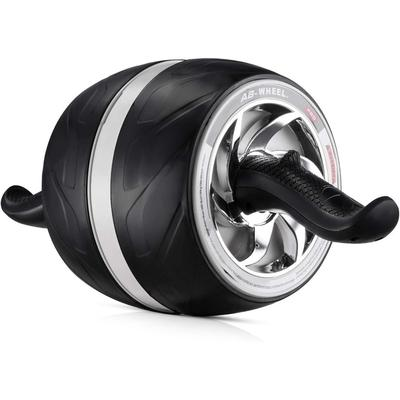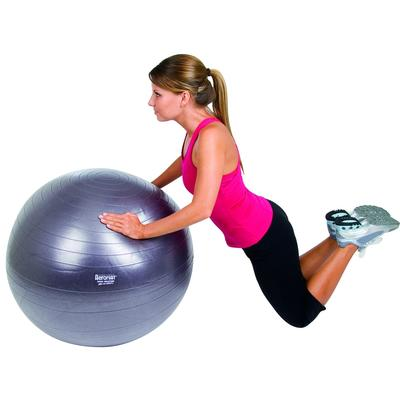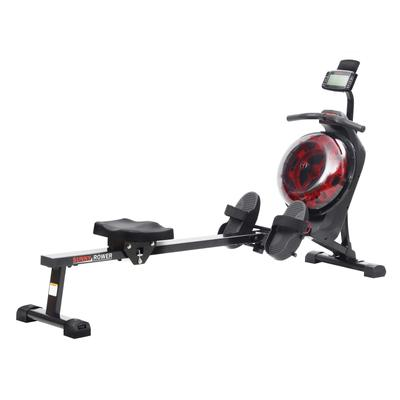Hey Diva dressing fans! When the items we love coincide with brands we work with, Diva dressing will use Paid Links in our articles. If you decide to click on these links and purchase the product, we get a small commission. Our Opinions Are Our Own, but we do add Paid Links as a way to offer these products at no added cost to our readers. Want to know more? Click Here to check out our Terms of Use anytime!
Parkour, also known as free running, is a physical discipline that focuses on efficient movement through any environment by running, jumping, climbing, and vaulting over obstacles. What began as a niche urban sport in France has grown into a global movement, celebrated for its creativity, physicality, and mental discipline.
For beginners, parkour can seem daunting, but with the right approach, it can be an empowering and fun way to build strength, agility, and confidence.
Parkour is about moving through your environment as efficiently as possible using only your body. The key principle is to overcome obstacles in your path – whether they’re rails, walls, benches, or ledges – by running, jumping, climbing, or vaulting.
Unlike traditional sports, parkour is non-competitive. It’s about challenging yourself and improving your ability to navigate urban and natural spaces with speed, grace, and control. For many practitioners, parkour is more than just physical training – it’s a philosophy that encourages perseverance, problem-solving, and adaptability.
Basics of Parkour for Beginners
Parkour is accessible to people of all ages and fitness levels, but it requires patience and consistent practice. Starting with basic movements and gradually building strength and confidence is crucial to avoiding injury and maximizing enjoyment.
Develop a Strong Foundation
Before attempting advanced parkour moves, it’s essential to build a foundation of strength, mobility, and coordination. Here are some exercises to help you prepare:
- Running: Cardiovascular endurance is key in parkour since you’ll be moving continuously. Incorporate jogging or sprints into your routine to build stamina.
- Bodyweight Exercises: Exercises like squats, push-ups, pull-ups, and planks are essential for developing the core strength and stability needed for parkour. Focus on functional movements that mimic the actions you’ll be using during training.
- Flexibility and Mobility: Dynamic stretches and yoga are great ways to improve flexibility and mobility, which are vital for jumping, landing, and vaulting.
Master the Basic Moves
Parkour is about more than flashy flips or daring jumps – the core movements are simple but effective. Mastering these basics will give you the confidence to move safely and smoothly through your environment.
- Landing: Learning how to land properly is one of the most important skills in parkour. Bend your knees and land softly on the balls of your feet, allowing your muscles to absorb the impact. Keep your body low and controlled.
- Rolling: When jumping from heights, a roll helps distribute the impact and protect your body from injury. Practice rolling on soft surfaces like grass or mats before progressing to harder ground. Roll diagonally over your shoulder to protect your spine.
- Jumping: Precision jumping is about control, not distance. Practice jumping from one spot to another, focusing on accuracy and soft landings. Start with small jumps and work your way up.
- Vaulting: Vaulting allows you to move over obstacles like rails or benches efficiently. The simplest vault is the speed vault, where you place one hand on the obstacle and swing your legs over. As you gain confidence, you can explore other vaults like the kong vault and lazy vault.
Train in a Safe Environment
When you’re new to parkour, it’s important to train in safe, controlled environments. Start in a gym, on soft grass, or in a park where you can experiment with different movements without the risk of injury. Many cities have dedicated parkour gyms or outdoor spaces with equipment designed for beginners to practice safely.
Avoid practicing in crowded or dangerous areas until you’re confident in your ability to handle the terrain. As you progress, you can explore more urban environments, but always prioritize safety.
Focus on Technique, Not Speed
In the early stages of parkour training, focus on performing each movement with proper technique rather than rushing through obstacles. Parkour is about efficiency, and efficiency comes from control. Move at a pace that allows you to focus on your balance, coordination, and form.
As you gain experience, you can increase your speed while maintaining smooth, controlled movements. The more you practice, the more intuitive your body’s movements will become.
Train Your Mindset
Parkour isn’t just physical – it’s mental. It challenges you to push through fear and self-doubt while staying calm and focused in high-pressure situations. Building mental resilience is just as important as physical training.
- Overcome Fear Gradually: Start with small challenges and progressively increase the difficulty. This approach will help you build confidence and overcome fear in a safe way.
- Stay Patient: Parkour is a long-term practice. Progress takes time, so don’t get discouraged if certain movements take weeks or months to master.
- Embrace Failure: Falling and failing are part of the learning process. Every time you fail, you gain valuable insights into what works and what doesn’t. The key is to learn from your mistakes and keep improving.
Join a Parkour Community
Training with others can be a great way to stay motivated and learn new skills. Many cities have parkour groups or classes where beginners and experienced practitioners can train together. Learning from others will accelerate your progress, and the community aspect of parkour adds an element of fun and support.
If you’re not near a parkour group, there are plenty of online communities where you can find tutorials, challenges, and advice from experienced practitioners.
Safety Tips for Beginners
- Warm Up: Always warm up before training to prepare your muscles and joints for the movements ahead. A proper warm-up reduces the risk of injury.
- Start Small: Don’t attempt large jumps or high-risk moves until you’ve built up your skills and confidence. Begin with small, controlled movements, and gradually increase the difficulty.
- Use Proper Surfaces: When practicing new moves, start on soft surfaces like grass, mats, or sand to minimize the risk of injury. Avoid concrete or hard surfaces until you’re confident in your abilities.
- Listen to Your Body: Parkour is physically demanding, so it’s important to listen to your body. If you feel pain or fatigue, take a break. Overtraining can lead to injury and burnout.
- Practice Falling: Learning how to fall safely is a crucial aspect of parkour. Practice controlled falls and rolls so you’re prepared for the inevitable slips and mistakes.
Progressing in Parkour
Once you’ve mastered the basics, you can start exploring more advanced techniques like wall runs, cat leaps, and flips. As you progress, parkour becomes a creative outlet, allowing you to express yourself through movement in your environment.
Remember, parkour is a lifelong journey. It’s about constantly learning, improving, and challenging yourself. Whether you’re training for fitness, mental resilience, or simply for fun, parkour offers a unique and rewarding way to engage with your surroundings.
Here are some products you can try
Aeromat Elite EX-Cord Fitness Tube $16.55

Abdominal Muscle Exercise Fitness Equipment Home Ab Wheel Roller Core $23.37

Under-Desk Stationary Bike – Indoor Below-Desk Exercise Pedal Fitness Machine $25.63

Aeromat Burst-Resistant Fitness Ball $31.02

Sunny Health & Fitness Hydro Dual Resistance Smart Magnetic Water Rowing Machine $563.82



